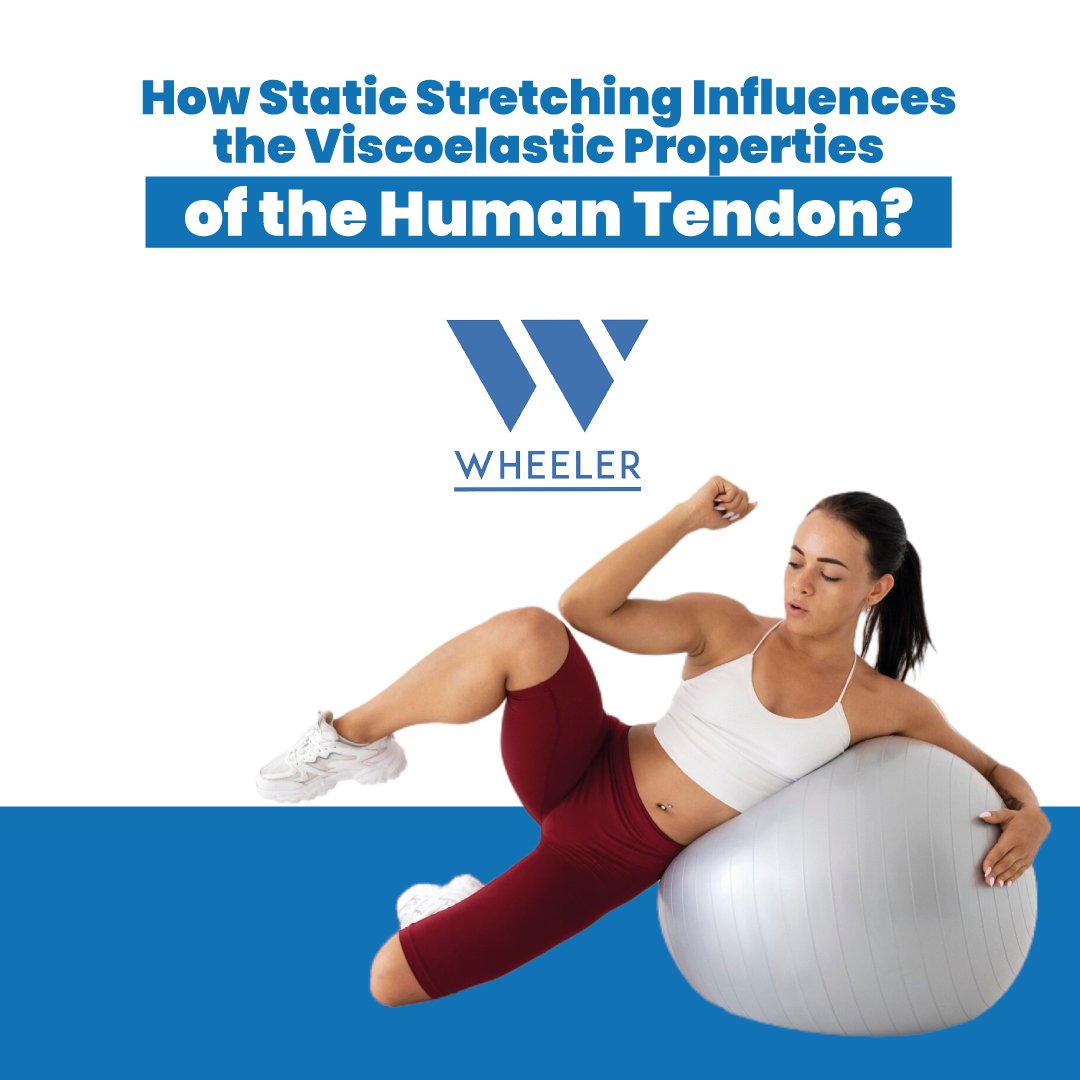Static stretching is a common practice in both high-performance sports and recreational activities. Despite its popularity, questions remain about how it truly affects the body, particularly tendon properties. One area that deserves attention is how static stretching modifies the viscoelastic properties of tendons, which directly impacts performance and injury prevention.
Viscoelastic Properties of the Tendon
To understand how stretching affects tendons, we first need to review what viscoelastic properties are. Tendons behave both as elastic structures (like a rubber band) and viscoelastic ones, meaning they respond differently based on the speed and duration of applied forces. Tendon elasticity allows it to stretch and return to its original length, storing and releasing energy during activities like jumping or running. Viscoelastic properties, on the other hand, allow tendons to absorb forces, protecting muscles and joints from injury. The balance between elasticity and viscosity is key to both performance and protection of the musculoskeletal system.
Effects of Static Stretching on the Tendon
Static stretching, which involves holding a fixed position for an extended period, has been used to improve muscle and joint flexibility. However, in tendons, this type of stretching significantly affects their viscoelastic properties. Studies show that static stretching decreases tendon stiffness as collagen fibers reorganize, temporarily reducing resistance to elongation. In the short term, this can increase the range of motion, which is beneficial for flexibility. However, this reduction in stiffness can also negatively impact performance.
Impact on Athletic Performance
Tendon stiffness is essential for efficiently transmitting muscle force to bones. A stiffer tendon transfers muscle force more effectively, which is crucial for explosive movements like sprints or jumps. A less stiff tendon, following static stretching, may decrease this efficiency. This suggests that while flexibility is temporarily improved, static stretching could reduce performance in activities requiring high force production. Some studies indicate that reduced tendon stiffness after static stretching can decrease jump height or muscle force, which could be counterproductive for athletes relying on speed and power.
Implications for Injury Prevention
The role of static stretching in injury prevention is more ambiguous. The temporary reduction in stiffness may benefit activities requiring flexibility or impact absorption, such as certain sports or post-workout recovery. Static stretching may also relieve excessive tendon tension, reducing the risk of long-term overuse injuries. However, its benefits in injury prevention manifest as part of a long-term strategy, not immediately.
Practical Applications
To optimize static stretching, it’s crucial to apply it correctly. For athletes requiring explosiveness and strength, static stretching is better suited for the cooldown phase rather than before competitions or intense training. This way, flexibility and recovery benefits are harnessed without sacrificing the tendon stiffness needed for explosive performance. If the goal is to improve flexibility or rehabilitate injuries, static stretching is effective when combined with strength and mobility training. In sports requiring a large range of motion, like yoga or gymnastics, static stretching can be particularly useful.
Conclusion
Static stretching is useful for improving flexibility and recovery but also directly impacts the viscoelastic properties of the tendon. By temporarily reducing its stiffness, it facilitates joint mobility but decreases efficiency in force transmission. To maximize the benefits and minimize negative impacts on performance, it’s crucial for athletes and coaches to understand when and how to integrate static stretching into training programs.
Want to dive deeper into topics like this and optimize your training? We invite you to join our exclusive membership. You’ll get access to premium content and expert guidance to take your performance to the next level.
Join now
Author


